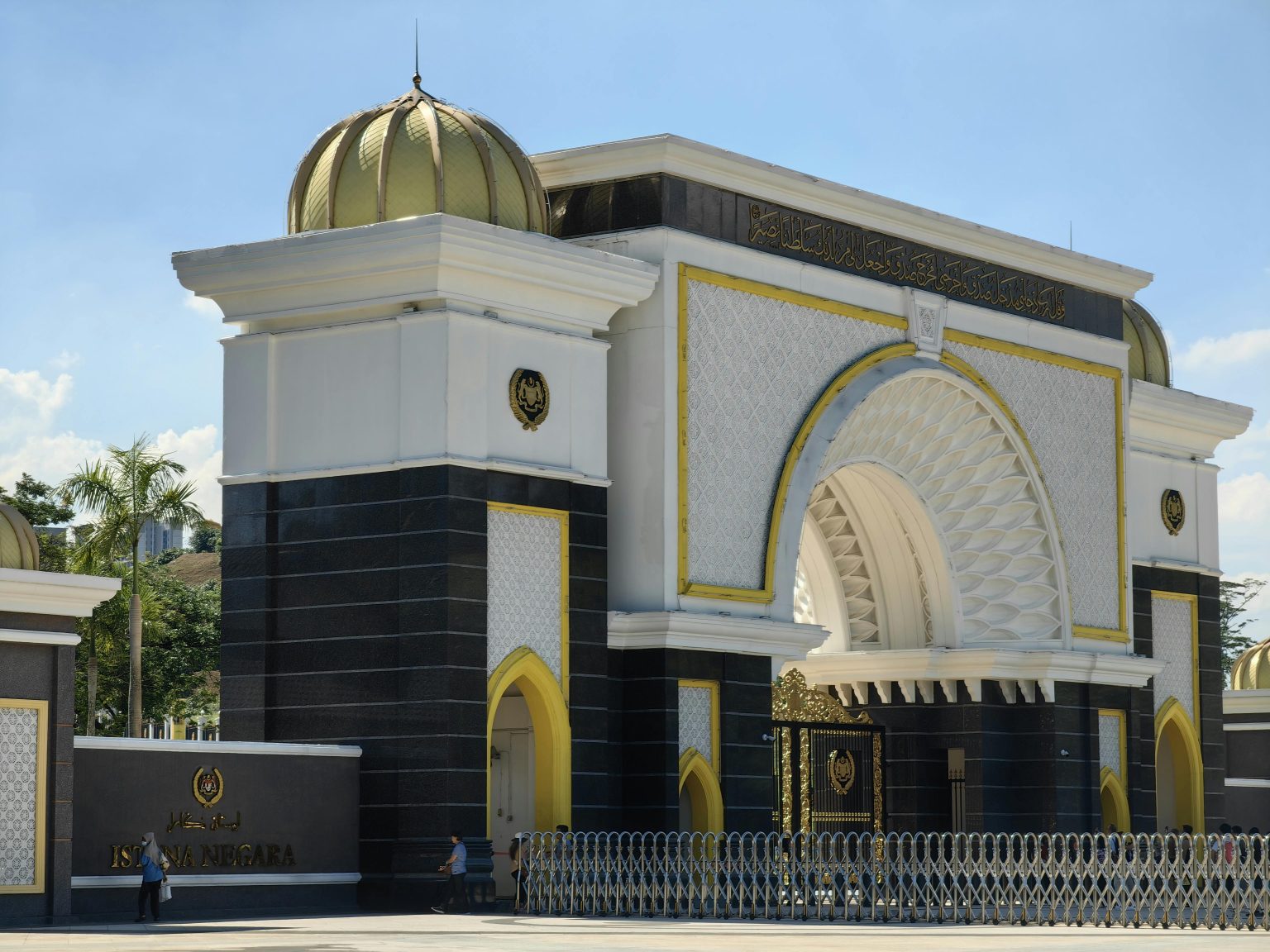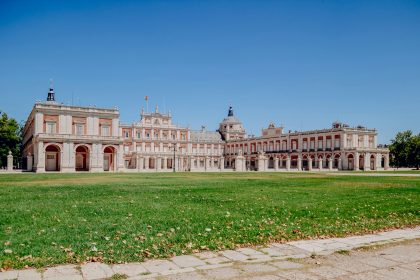Istana Negara, the National Palace of Malaysia, is not just a majestic structure that serves as the official residence of the Yang di-Pertuan Agong (the King of Malaysia); it symbolizes the nation’s history, culture, and heritage. Situated in the heart of Kuala Lumpur, Istana Negara is prominent in Malaysia’s historical narrative. Its significance extends beyond its architectural beauty; it embodies the country’s political, cultural, and social evolution. This article explores the historical, cultural, and architectural significance of Istana Negara, shedding light on its role in shaping Malaysia’s national identity.
A Historical Overview
The original Istana Negara was built in 1928 and served as the residence of the British High Commissioner during the colonial era. Following Malaysia’s independence in 1957, it transitioned into the royal palace of the newly formed federation. The palace is not just a residence but a site of various historic events, including the coronation of Malaysian monarchs and state functions that reflect the traditions and customs of Malay royalty.
In 2011, a new Istana Negara was inaugurated, reflecting modern architectural trends while maintaining the essence of Malaysian culture. The move to a new palace was not just about the physical structure but also about embracing a future while honoring the past. The transition symbolizes Malaysia’s growth and development as a nation.
Architectural Significance
The architectural design of Istana Negara blends traditional Malay and contemporary styles, showcasing the country’s rich cultural tapestry. The new palace, designed by architect Sulaiman Daud, features modern materials and traditional motifs, including intricate carvings and domes reminiscent of Islamic architecture.
One of the palace’s most striking features is its grand entrance, flanked by majestic gates adorned with intricate designs that echo the craftsmanship of Malaysian artisans. The expansive grounds, which include beautifully landscaped gardens, water features, and sculptures, create an atmosphere of tranquility and elegance.
The palace is also equipped with modern amenities, serving as a residence and a venue for official state functions. The blend of modernity with traditional aesthetics symbolizes Malaysia’s forward-looking vision while respecting its rich heritage.
Cultural Significance
Istana Negara is pivotal in preserving and promoting Malaysia’s cultural heritage. The palace is a living museum of Malaysian traditions, showcasing the customs and rituals associated with the monarchy. The royal ceremonies held at Istana Negara, such as the coronation of the Yang di-Pertuan Agong and the annual state banquet, are steeped in tradition and reflect the nation’s cultural diversity.
The palace is also a center for cultural diplomacy. It hosts dignitaries and heads of state worldwide, facilitating cultural exchanges and strengthening international relations. Through these interactions, Istana Negara bridges Malaysia and the global community, promoting understanding and cooperation among nations.
Additionally, the palace grounds are often open to the public during special occasions, allowing Malaysians and tourists alike to experience the grandeur of royal traditions. Events such as Hari Raya and Merdeka celebrations at the palace foster a sense of national pride and unity, reminding citizens of their shared history and cultural identity.
Political Significance
As the official residence of the Yang di-Pertuan Agong, Istana Negara is central to Malaysia’s political framework. The monarchy plays a crucial role in the country’s constitutional monarchy, where the King symbolizes unity and continuity. The palace is the site of important political events, including the Prime Minister’s and cabinet ministers’ swearing-in, making it a focal point for governance.
The position of the Yang di-Pertuan Agong is unique in Malaysia, as the monarchy is rotational among the nine Malay states. This system reflects the country’s federal structure and the importance of regional representation in national governance. Istana Negara is a testament to this unique political arrangement, symbolizing the unity of the diverse states within the federation.
Moreover, the palace has been a site of political significance during times of national crisis. The King has the authority to intervene in political matters, and instances where the monarchy has been mediating during political turmoil highlight the importance of Istana Negara as a stabilizing force in Malaysian politics.
Istana Negara and National Identity
Istana Negara is more than just a palace; it symbolizes Malaysian identity. The building and its grounds serve as a reminder of the country’s journey from colonial rule to independence and its establishment of a unique identity that blends tradition with modernity. The architecture, the ceremonies, and the royal family’s involvement in public life all contribute to a sense of belonging and national pride among Malaysians.
Furthermore, the palace fosters a sense of continuity amid change. As Malaysia evolves in the 21st century, Istana Negara remains a constant, reminding citizens of their heritage and the nation’s values. The royal family’s engagements in social welfare and community development initiatives also reinforce the monarchy’s role as a pillar of society, connecting the royal institution with Malaysians’ everyday lives.
Preservation and Accessibility
In recent years, a growing awareness of the need to preserve historical sites like Istana Negara has been growing. The palace serves as a residence and a cultural landmark that should be preserved for future generations. Efforts to maintain the integrity of the palace and its grounds are crucial in ensuring that it continues to symbolize Malaysia’s rich heritage.
Accessibility is another important aspect of Istana Negara’s significance. The palace opens its doors to the public during specific occasions, allowing people to engage with their history and culture. This accessibility fosters a deeper appreciation of the nation’s heritage and encourages citizens to take an active role in preserving it.
Conclusion
The significance of Istana Negara extends far beyond its physical presence as a royal palace. It is a historical, cultural, and political symbol that encapsulates the essence of Malaysia’s identity. As the nation continues to evolve, Istana Negara stands as a reminder of its past, a celebration of its present, and a beacon for its future.
By understanding and appreciating the importance of Istana Negara, Malaysians can cultivate a deeper sense of national pride and unity. The palace is not just a space for the royal family; it belongs to the people of Malaysia, serving as a living testament to their shared history and aspirations. In preserving the legacy of Istana Negara, Malaysians ensure that future generations will continue to draw inspiration from their rich heritage, fostering a deeper connection to their roots and a commitment to building a brighter future together.



